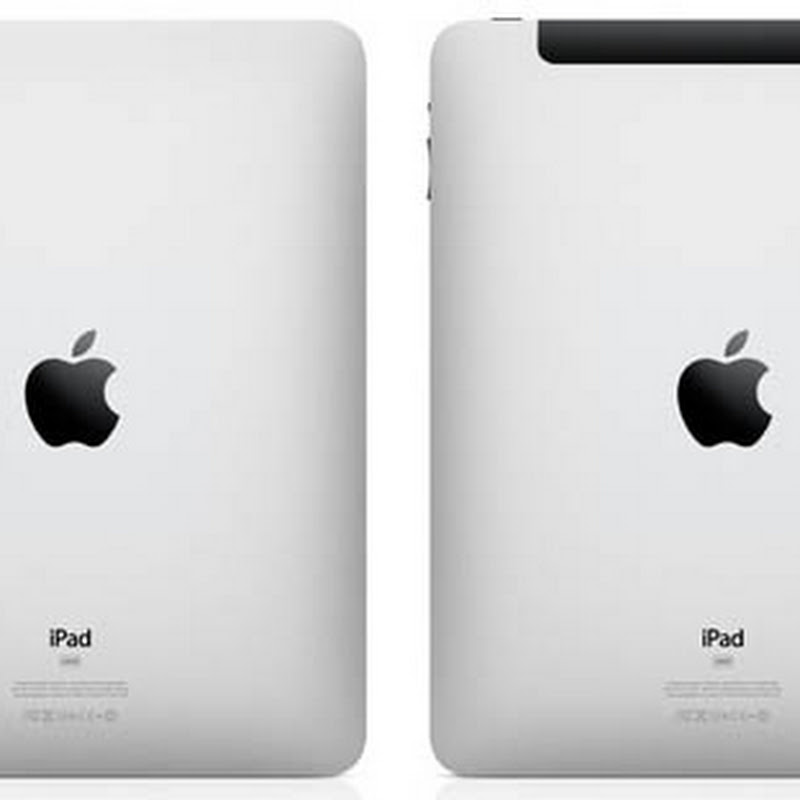Mobile advertiser
Millennial Media has released its monthly "Mobile Mix" report detailing the state of the mobile industry from its eyes. Things are looking good for Android, while still remaining basically the same overall:
- Android had a strong growth month, and increased 15% month-over-month. Android had a 61% share of overall smartphone impressions and was in the top spot for the 8th straight month.
- Samsung grew 28% month-over-month as a manufacturer, and was the second leading manufacturer on our network.
- Motorola was the 5th leading manufacturer, and had 3 phones in the top 11 mobile phones.
- When breaking down ad spend from applications on our network, 48% came from Android apps, while 43% came from iOS apps.
- Devices with both a touchscreen and QWERTY keyboard grew 7% month-over-month and represented 16% of all impressions. This was tied to both the Motorola Droid and BlackBerry Torch.
- Gaming apps made up 34% of the ad spend for Android applications. On our network overall, gaming apps held a 29% share (which is a 35% increase month-over-month).
The
Nexus S is currently the most popular Android phone, representing 5.73% of the top 20 devices. Of course, the iPhone is holding on tight to the number one spot, with 13.6% of the impression share. Surprisingly, the Blackberry Curve is hot on the heels of the
Nexus S, with 5.23%, the OG
Motorola Droid is still alive and kicking with 3.94%, and the Blackberry Bold II rounds out the top five devices with 1.93%. Overall, an impressive
16 of the top 20 devices run Android.Similarly, Apple is the top device manufacturer, representing 26% of the manufacturer impression share. Samsung is gaining steam on a monthly basis, holding the number two spot at 19.11%, making up a 28% growth month-over-month. Rounding out the rest of the top five manufacturers is RIM with 11.45%, HTC with 10.98%, and Motorola at 10.26%.
Out of the overall smartphone category, Android is running on 61% of all devices, a 15% increase month-over-month. Despite only running on one specific hardware, iOS is still representing 21% of the market, with RIM right behind at 14%. Symbian and Windows Mobile/Phone 7 make up the remaining 4%.
Of course, these results are far from concrete and can drastically vary from study-to-study, as we've
seen in the past.







 12:06 AM
12:06 AM
 Simranpal SIngh
Simranpal SIngh






















